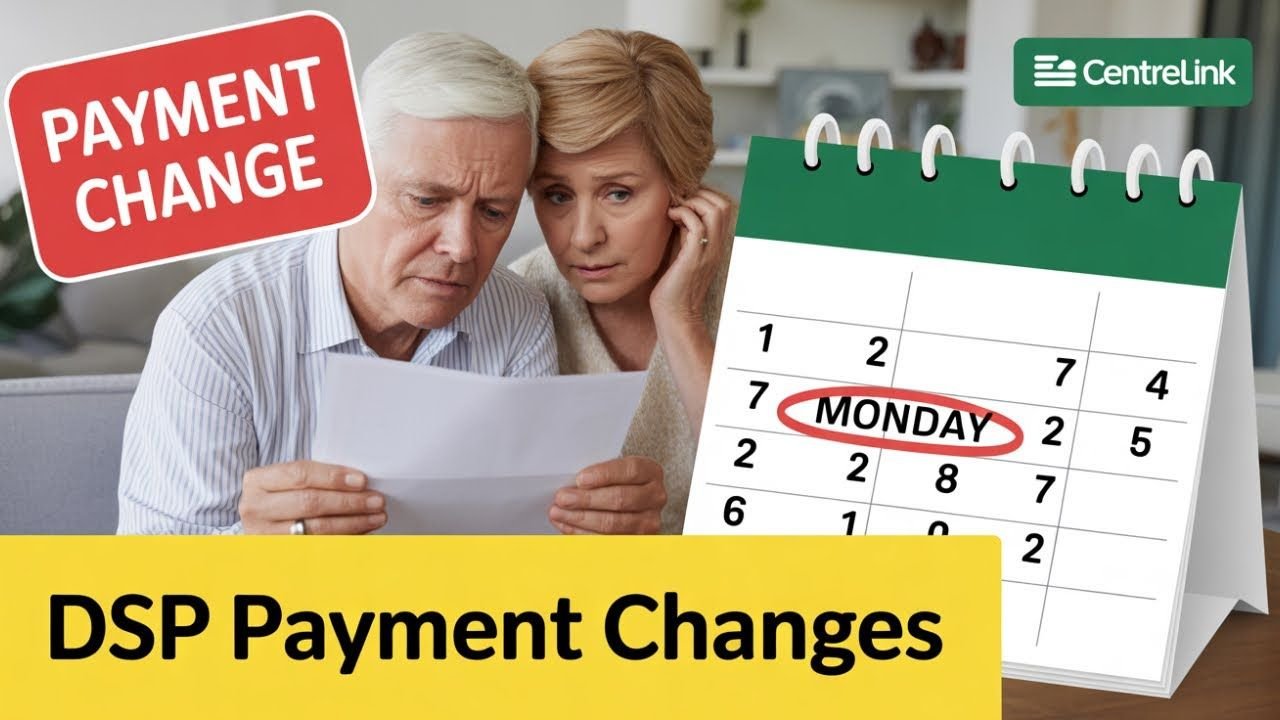From late 2025, the Disability Support Pension (DSP) in Australia will undergo one of its biggest overhauls in years. The changes are aimed at ensuring payments better reflect the cost of living, while also introducing new eligibility reviews that could affect how much support individuals receive.
Why the DSP Is Changing
The government has highlighted that current DSP rates are struggling to keep pace with inflation, housing costs, and everyday expenses. At the same time, policymakers are also looking to ensure the system is fair and sustainable. This means some people may see increases, while others could face reductions if reassessments find they no longer meet updated criteria.
What the New Rates Could Look Like
The Department of Social Services has confirmed that DSP payments will continue to be indexed twice a year, but 2025 brings in a revised adjustment formula. Instead of relying solely on the Consumer Price Index (CPI), rates will now also reflect wage growth and median housing costs.
| Category | Current DSP Rate (2024) | Projected Rate (2025) | Impact |
|---|---|---|---|
| Single, no children | $1,116.30 per fortnight | $1,180–$1,220 | Likely increase due to indexation |
| Couple (each) | $841.40 per fortnight | $880–$900 | Slight increase |
| With dependent children | Additional $36.00–$40.00 | $45.00–$50.00 | Boost for families |
| Assessed as “partial capacity” | Same as above | Possible reduction | Subject to stricter eligibility tests |
Who Could Receive More?
Most recipients will see a small but noticeable rise in their DSP payments as higher housing and wage benchmarks push up rates. Those with dependent children are also expected to benefit from additional top-ups to ease family expenses.
Who Could Receive Less?
The biggest concern comes from new eligibility assessments. Recipients who are reassessed and deemed to have greater work capacity may see their DSP reduced or shifted to JobSeeker. This change is controversial, as disability advocates argue that it risks unfairly cutting off vulnerable people.
The Balancing Act Ahead
While the reform promises higher base payments, the stricter eligibility checks mean it will be a mixed outcome. For some, it will be welcome relief in a period of rising living costs. For others, it may create new uncertainty around their financial stability.
What You Should Do Next
If you are currently receiving DSP, it’s important to stay updated on how the eligibility review process will work. Preparing medical documentation, updating assessments, and seeking advice from support services could make the difference in maintaining your payments under the new system.




